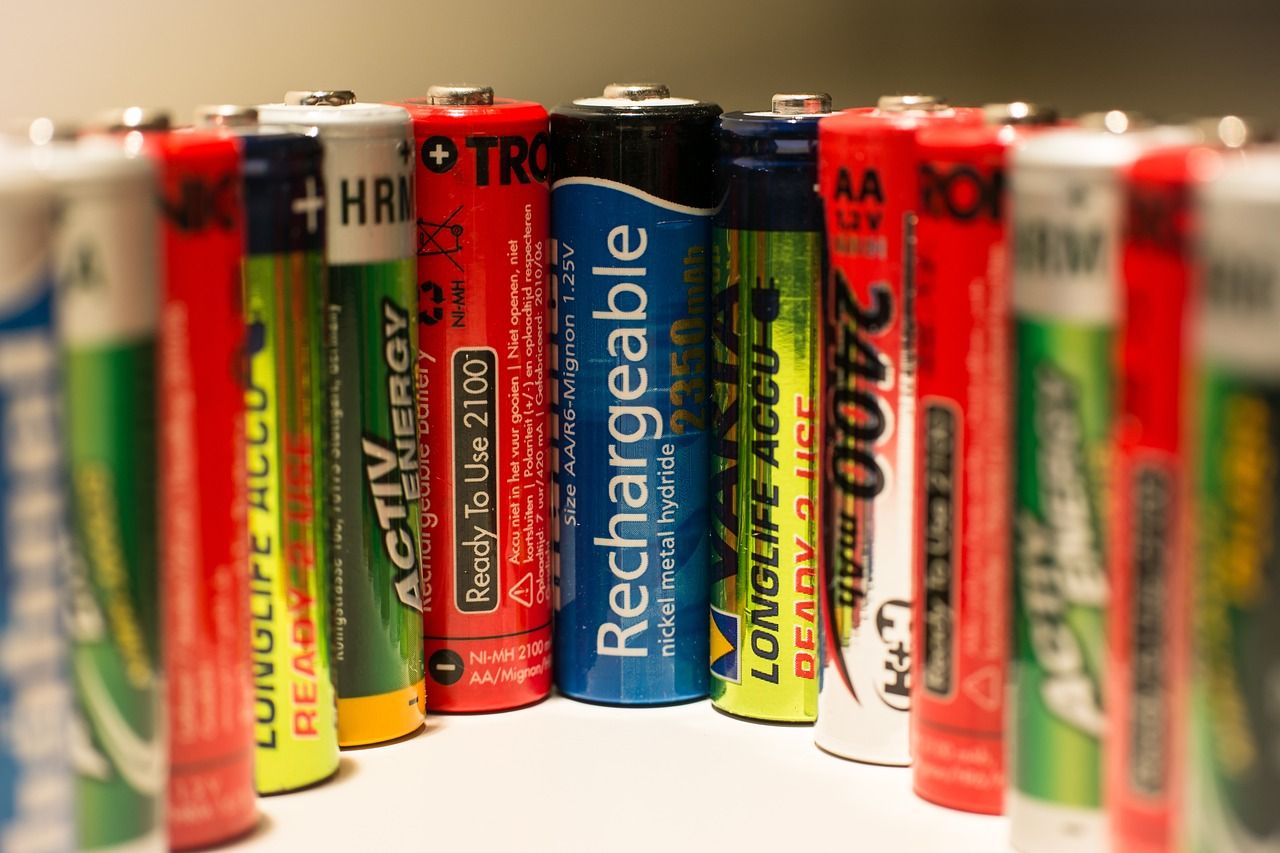Follow us on Google News (click on ☆)

Illustration image: Pixabay
In light of the growing demand for energy storage systems, highly efficient lithium-ion batteries have become dominant in the market. However, their environmental impact and the unequal distribution of lithium resources raise concerns. Their counterparts, sodium-ion (Na-ion) batteries, appear to be a promising alternative due to the abundance and more even distribution of sodium.
Various electrode materials are being extensively studied to improve their performance, power density, and energy density. In particular, materials of the NaSICON type (short for "sodium super ionic conductor"), composed of sodium, vanadium, and phosphate, are garnering significant interest as positive electrode materials due to their exceptionally robust crystalline structure.
An international team of scientists, in collaboration with the company TIAMAT, recently published in the journal Nature Materials the discovery of a new compound with increased energy density within the NaSICON family. For this, they synthesized and chemically isolated previously unexplored phases with the general formula NaxV2(PO4)3, where x ranges between 1.5 and 2.5. These compounds were obtained through an innovative solid-state synthesis method at a moderate temperature of 500°C (932°F).
Unlike standard materials, these new compositions exhibit single-phase sodium extraction/insertion mechanisms, enabling a continuous voltage variation during use. This results in an increase in theoretical energy density by 15%, rising from 396 Wh/kg to 458 Wh/kg.
These findings, published in the journal Nature Materials, pave the way for more efficient electrodes and batteries capable of competing with current technologies while being more environmentally friendly. This development suggests a broader range of applications for sodium-ion batteries, further enhancing their potential as a sustainable replacement for lithium-ion batteries.
Author: AVR
Reference:
Obtaining V2(PO4)3 by sodium extraction from single-phase NaxV2(PO4)3 (1 < x < 3) positive electrode materials
Sunkyu Park, Ziliang Wang, Kriti Choudhary, Jean-Noël Chotard, Dany Carlier, François Fauth, Pieremanuele Canepa, Laurence Croguennec & Christian Masquelier.
Nature Materials 2024
https://doi.org/10.1038/s41563-024-02023-7